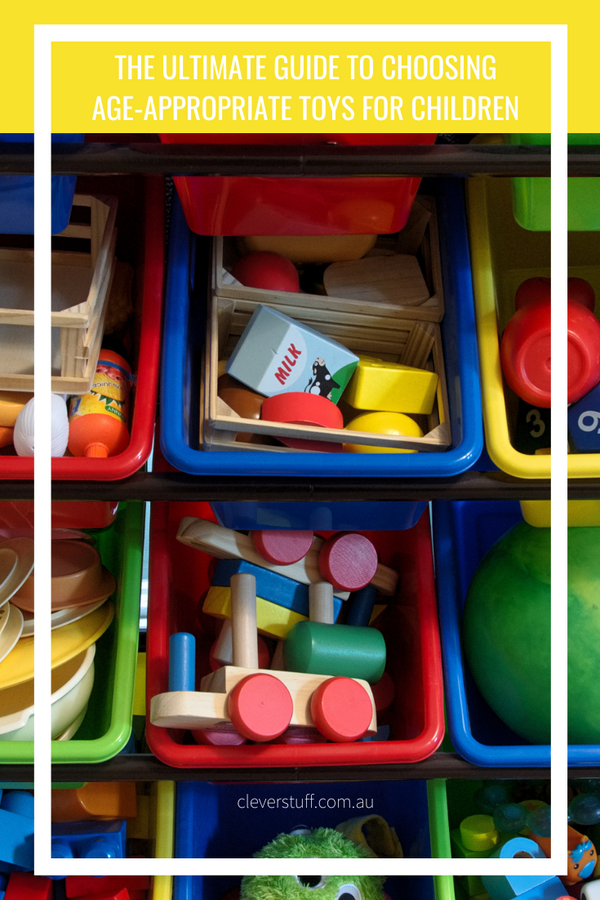The Ultimate Guide to Choosing Age-Appropriate Toys for Children
Choosing age-appropriate toys is essential for fostering children’s growth, development, and enjoyment. Toys that align with children’s age and developmental stage provide engaging and educational experiences. In this comprehensive guide, we will break down age groups and provide recommendations for selecting toys that cater to each stage. From newborns to older children, discover how to choose toys that will captivate young minds and promote their cognitive, motor, and social skills.
-
Newborns to 6 Months: During the first few months of life, newborns are primarily focused on sensory exploration and developing their motor skills. Soft toys with different textures, rattles, and colourful mobiles can stimulate their senses and promote visual and auditory development. Activity mats with hanging toys encourage reaching and grasping, aiding in the development of motor coordination. If you need toys for babies we have a range here.
-
6 to 12 Months: As infants grow, they become more curious and develop their fine motor skills. Toys that promote cause and effect, such as stacking cups, nesting toys, and shape sorters, captivate their attention. Board books with bright colors and simple illustrations are excellent for introducing early language skills. Musical instruments, such as toy drums or xylophones, enhance sensory experiences and encourage exploration.
-
1 to 3 Years: Toddlers are eager learners, and toys that foster creativity, imagination, and fine motor skills are ideal. Building blocks, shape sorters, and puzzles with large, chunky pieces promote hand-eye coordination and problem-solving abilities. Pretend play sets, dolls, and toy vehiclesnurture social and emotional development while encouraging imaginative play. Art supplies like finger paints and large crayons foster creativity and self-expression.

-
3 to 5 Years: Pre-schoolers are expanding their cognitive and social skills. Educational games, alphabet and number puzzles, and memory games enhance language acquisition, logical thinking, and memory skills. Construction sets with more complexity, art supplies, and science experiment kits promote creativity, problem-solving, and hands-on exploration. Pretend play toys, such as kitchen sets or tool kits, further develop social interaction and imaginative play. We have great toys for pre-schoolers here.

-
6 to 8 Years: Children in this age range are ready for more challenging toys that foster critical thinking, creativity, and physical coordination. Strategy board games, math and science kits, and building sets encourage cognitive skills, teamwork, and physical activity. Art supplies and craft kits allow them to express their creativity and develop their artistic abilities. Sports equipment and active games promote physical fitness and coordination.
Choosing age-appropriate toys is crucial for supporting children’s development and ensuring they have engaging and educational play experiences. By understanding the unique needs and abilities of each age group, you can select toys that align with their cognitive, motor, and social skills. From newborns to older children, provide them with toys that foster their growth, encourage creativity, and inspire a love for learning. Use this comprehensive guide to navigate the world of age-appropriate toys and witness the joy and developmental benefits they bring to young minds.

